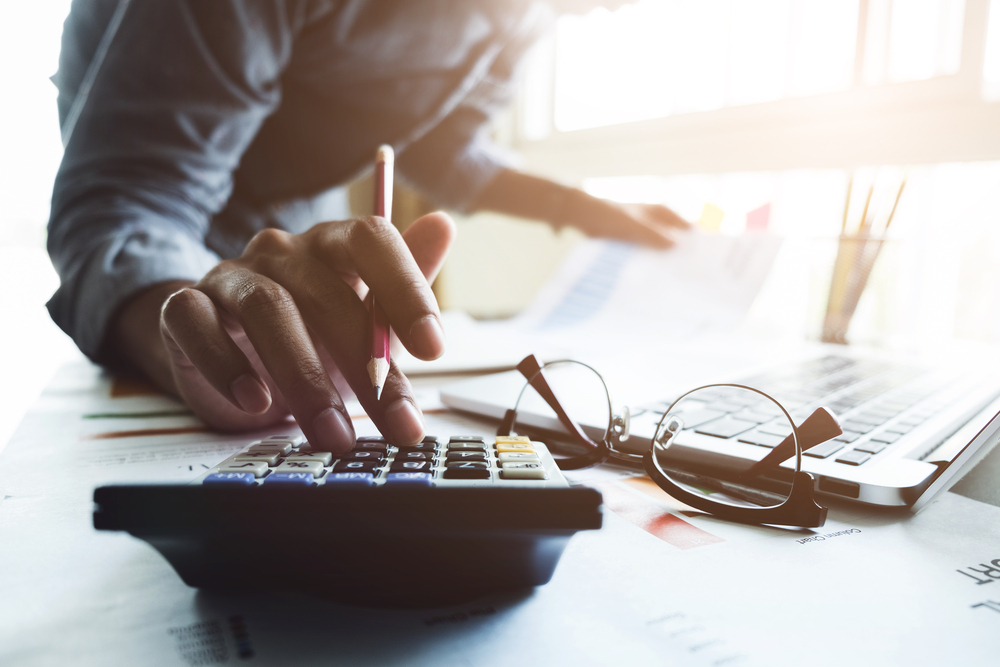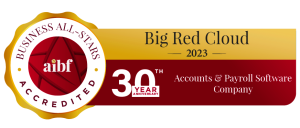Businesses use a fixed asset register to ensure that they keep an accurate record of their assets and monitor the value of those assets. It’s an essential aspect of accounting to get right for many reasons. Accurate asset registers make it easier to prevent theft and ensure that tax declarations relating to expenses are always correct.
Mistakes on a fixed asset register can lead to business decisions that aren’t based on a realistic overview of a business’s finances. That’s why maintaining your fixed asset register is of vital importance. Here’s everything you need to know about fixed asset registers and how best to use them.
What is a fixed asset?
Fixed assets are generally placed in one of three categories: property, plant, and equipment (PP&E). Essentially, it’s anything that a business might use to create income or meet debts. Some of the most common fixed assets for a business to own are:
- Land/Property
- Office furniture
- Delivery trucks and company vehicles
- Warehouse equipment
- Software
- Patents
Fixed assets are different from your current assets, including any money held in your petty cash box or your bank account. Those are considered liquid assets and they can be accessed immediately. With fixed assets, converting them into cash would be more complicated.
What is a fixed asset register?
Your fixed asset register is a formal accounting document that lists all your fixed assets. It will usually contain a list of details about each asset, including information such as:
What the asset is
This section of your fixed asset register will include a variety of details. If the asset has a serial number, it will be listed here, as will any other unique identification codes. The asset will also be named, and there may be a section that allows you to add a short description of the asset. The final part of this section will state where the asset is (in a warehouse/office/retail outlet etc.).
The price of the asset
This will be the asset’s purchase price, as listed on the invoice. If any additional expenses are related to the asset (such as construction costs or installation fees), these will also be listed with the price of the asset. If those additional costs are continuous, this section will need to be maintained regularly to ensure that overspending doesn’t become an issue.
The date of the purchase
This will usually be the date that you will see listed on your invoice as the day the sale occurred.
Put to use date
Also listed on your fixed asset register is the recorded date when the asset was put to use. For many businesses, the date of purchase and date of use will be the same day. However, for high-value assets that don’t get put to use immediately, the two dates can be very far apart.
Expected duration of the asset’s use
The price of the asset and how long you expect to be able to use it will be two of the main factors that drive an asset purchase. After all, overspending on software that might get discontinued will damage the viability of your business. Having an established timeline for the longevity of each asset is vital if you want to manage your financial reporting and plan more accurately.
The depreciated value of the asset at different points in time
This section of your fixed asset register will first highlight the method of depreciation that you use for each asset that your business owns. There are four methods of depreciation, but most SMEs will use straight-line depreciation as this is the simplest option. Using your chosen method, you will then assess the asset’s value over the next few months and years. This can highlight when it’s a good idea to sell or upgrade that asset.
The final value of the asset once it is no longer required
This is often listed as salvage value and is simply an estimation of how much the asset is worth once you have finished using it.
The role of the fixed asset register is to keep a formal track of the assets and their value, from the day of purchase to their end of life. They’re an often underused reporting tool for owners of SMEs, but using them is one of the most important of our top accounting hacks.
A key thing to remember is that a fixed asset register is different from a stock register. Stock registers are a record of your raw material inventory and will include semi-finished goods and the raw materials used to make these goods.
Why use a fixed asset register?
While it should be clear that a fixed asset register has value as a record-keeping tool, it can be used for a lot more than that. A well-maintained and up to date register will also help a business meet any statutory accounting requirements, making it easier to avoid falling foul of HMRC at the end of the financial year. When you’re preparing for a new financial year, your fixed asset register can also be used to:
- Track the value of each asset, giving you more insight into your company’s finances
- Prevent any asset theft
- Conduct asset verification and ensure easy asset audits
- Estimate the maintenance or repair costs of each asset, giving you even further insight into your financial management
- Have a more complete picture of business value
As with anything on the financial side of business management, the more details you have, the easier it is to make good decisions. Financial forecasting relies on accurate financial data, so maintaining your fixed asset register is one of the fundamentals of basic bookkeeping.
Maintaining a fixed asset register
Failing to keep track of the costs of your assets can become a critical error. For example, a local restaurant has five vehicles for delivering food to customers, and on their busiest day, all five vehicles break down as they haven’t been serviced.
Keeping your fixed asset register up to date, especially in terms of maintenance costs, is vital for avoiding this kind of disaster. The lack of easily accessible data regarding those assets means that overuse is more likely and that assets will reach their end of life sooner.
So whatever the size of your business, a well-maintained fixed asset register will not only improve efficiency but can also result in maximum use of that asset. That’s not even taking into account that it can help you avoid making duplicate purchases.
Now, you can set up your register very easily using accounting software like Big Red Cloud. However, the low-cost version is to simply use a spreadsheet of your own and remember to keep it updated. You’ll need to make sure that it’s formatted correctly and suitable for your business’s size, the sector, and your scalability. Of course, the larger the business and the more assets it has, the more valuable you’ll find using cloud-based accounting software to keep everything on track.
Implement a fixed asset register today
You might think that a fixed asset register is only of value to bigger businesses, but that’s simply not the case. A fixed asset register is not only valuable for any business with even one asset; it’s an essential requirement for any business owner that wants their business to grow.
It’s easy to keep track of your assets in your head when you’re first starting. But as your company grows, managing those assets will become significantly more complex. And when it comes to attracting investors or applying for bank loans, having a well-maintained fixed asset register will help deliver a more accurate snapshot of the business’s overall value.
If you’d like to learn more about how Big Red Cloud’s accounting software can help you grow your business, contact us today. Alternatively, sign up for your FREE trial of our cloud-based accounting software. Find out for yourself just how easy we make it for you to balance your books and grow your business using real-world insights into your finances.




